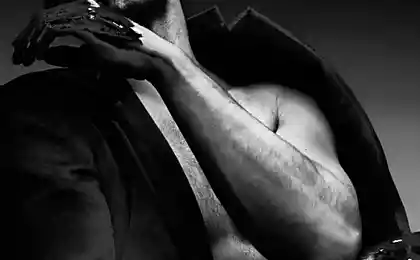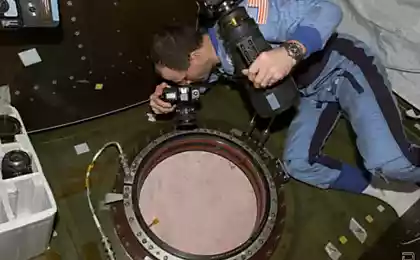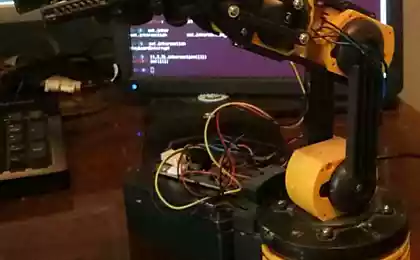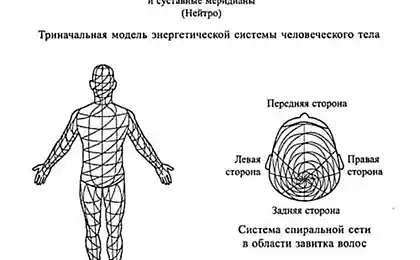1770
Assistive robotic arms
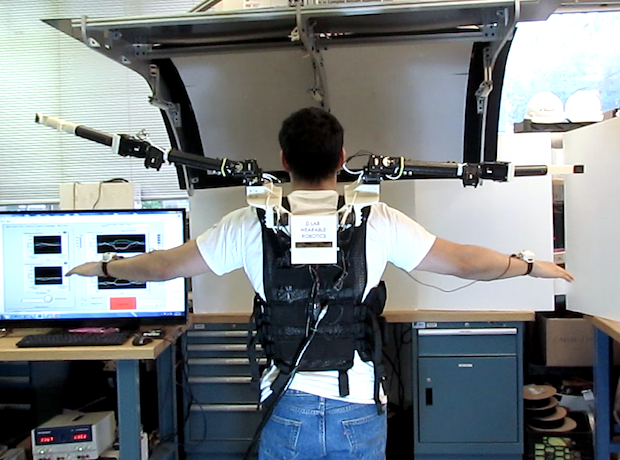
Additional robotic limbs (DRC, Supernumerary Robotic Limbs (SRL)), let man not to replace the lost own hands, and to supplement them by extending mobility. MIT developing ancillary roboruki that will perform the tedious, irritating or even impossible for a human work. The current prototype is presented June 2 at the International Conference on robotics and automation (IEEE International Conference on Robotics and Automation). And the two models: the first artificial limbs start from the shoulders of man, in the second - from the waist.
Shoulder option is designed for when you need something to move or keep at a height above the man's head, or when both hands "carrier" busy.

Since roboruki mounted near the man's shoulders, the pressures placed on them is transferred to the spine. Each "hand" has five degrees of freedom. "Brushes" are replaceable, they can be modified, the total weight of the system is 4, 5 kg.
The main feature is the lack roboruk need to manage them. Instead, they see to it that you do, and "decide" how they move. Monitoring takes place by means of two sensors that are "carrier" puts on the wrist. The third sensor is located at the base of robomodulya and tracks the position in space and the acceleration of the entire module.
DRC uses data from gyroscopes and accelerometers in order to "predict" what further action on their part would be most useful for the "carrier". For example, if a man raises his hands above his head, the robot also raise the limb, assuming that you need something to hold. On prototypes researchers work out different behavioral scenarios that must enter into the software of the robot. "Hone our behavioral algorithms, we can make roboruki continuation of the human body," said Beldin Llorens-Bonilla (Baldin Llorens-Bonilla), one of the developers.
The second prototype of the DRC has a point of attachment to the lumbar region of the human.

The creators believe that this design will be particularly useful when the construction work, to hold objects or most "media».
Much of the funding is provided by development corporation Boeing, which is interested in creating tools to facilitate and accelerate the construction of aircraft. For example, here shown as a prototype of the DRC, fixed to the waist, keeping the worker to carry out work for installation inside the fuselage:
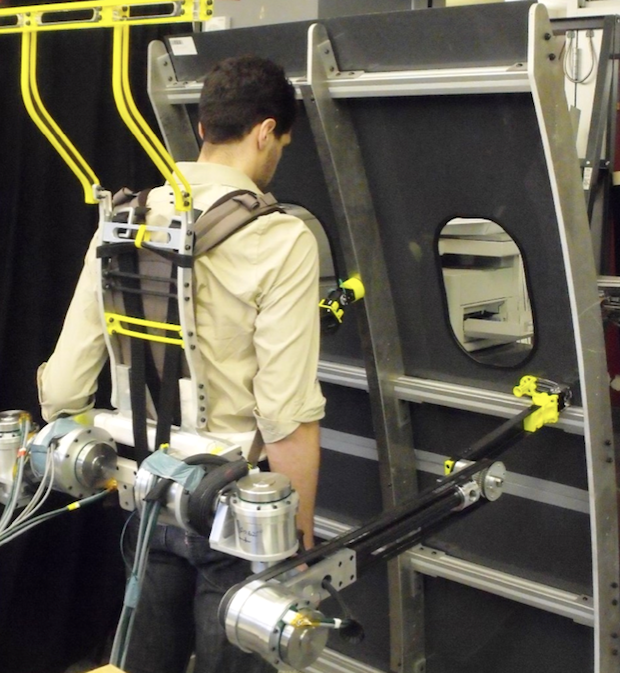
Another way to use the DRC "type II" - the removal of the load from the legs of man:

It would seem, what a fuss and do not сразу full exoskeleton? Researchers believe that the current prototype exoskeletons do not provide sufficient mobility, they stifle the human movement. In addition, the exoskeleton follows the movements of all your limbs, and hands, and feet, whether you want it or not. A DRC allow the person to move and act much more freely.
Source: habrahabr.ru/post/225273/
Samsung Z - the world's first smartphone to be released in Russia Tizen
The astral body of man, according to the age of life.
